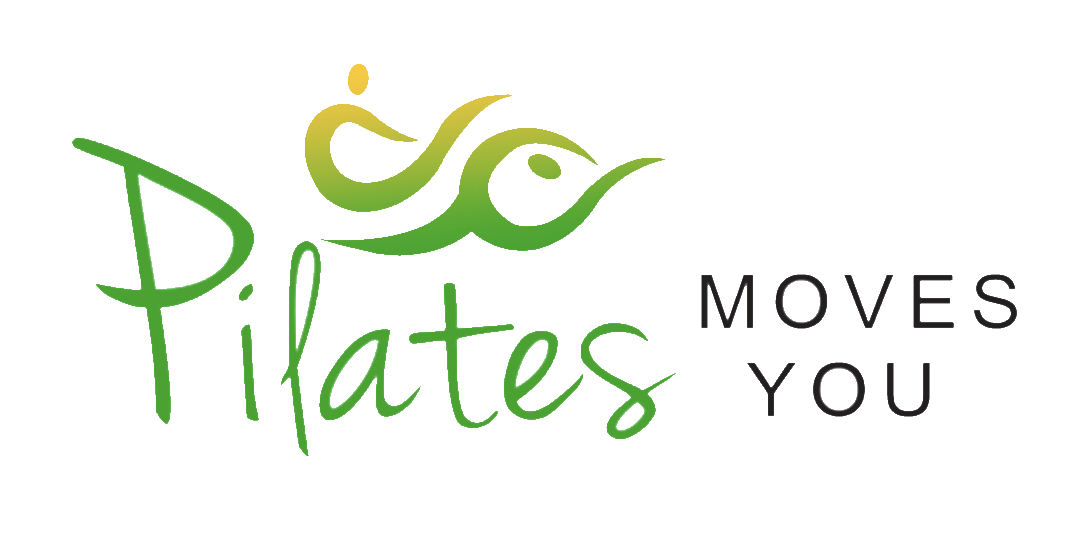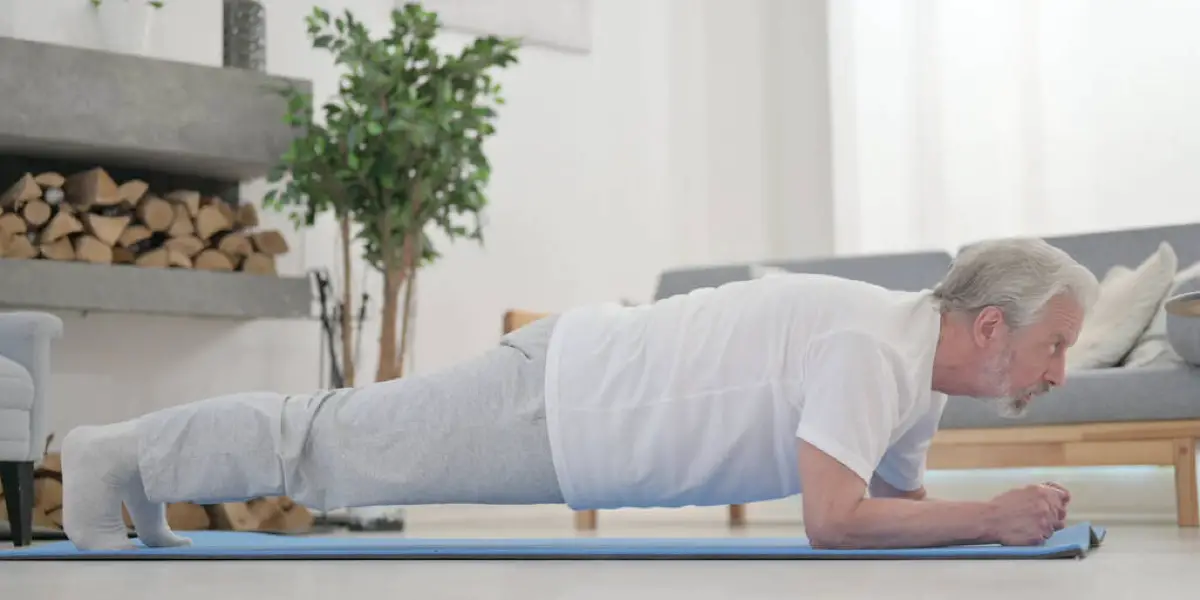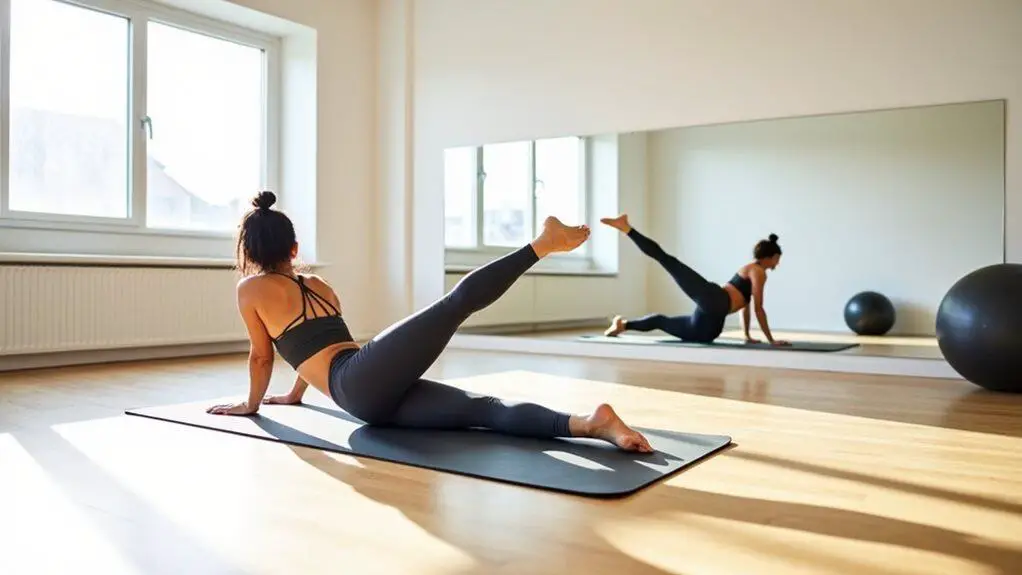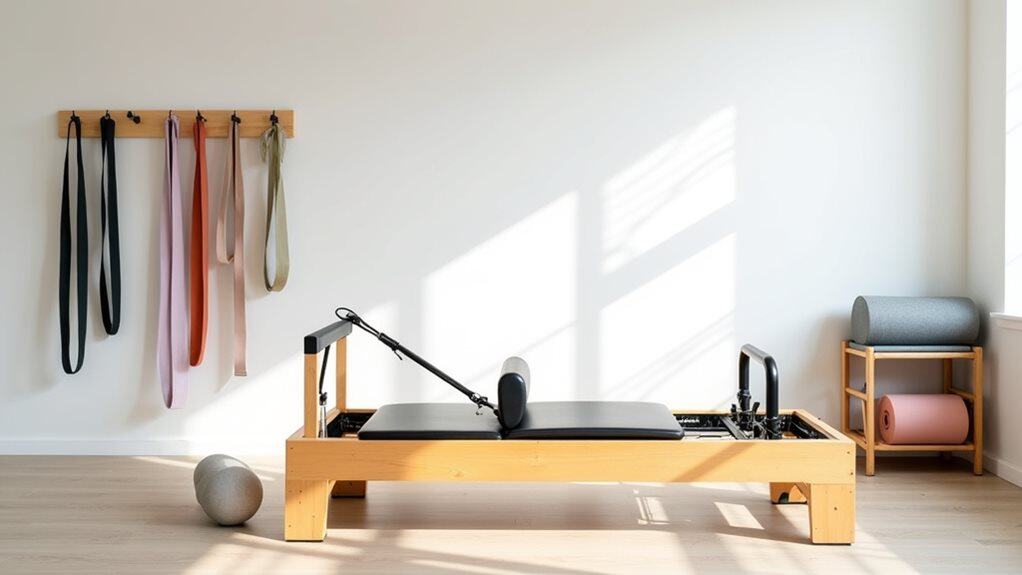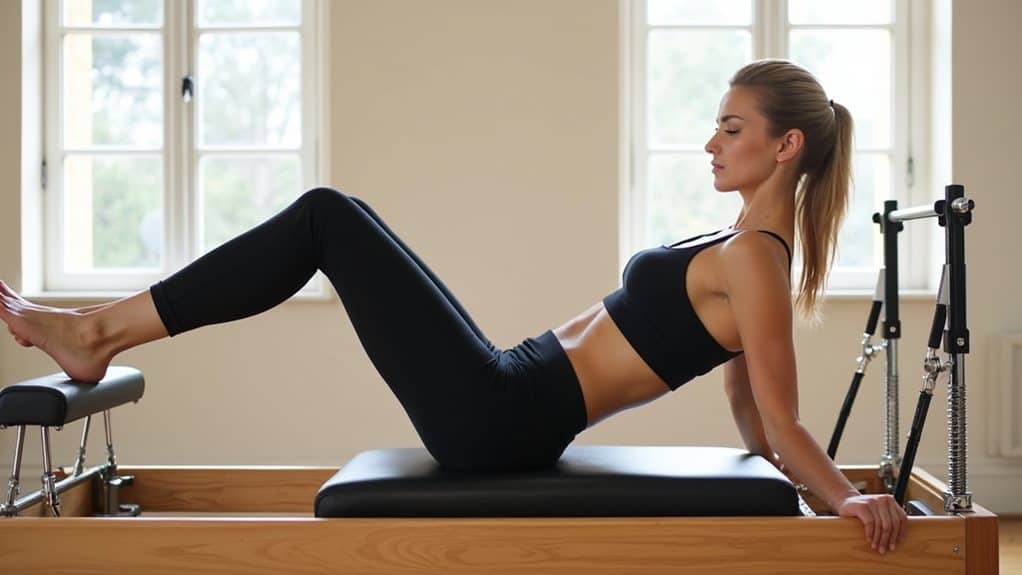Ageing is unavoidable, and our bodies gradually become weaker as we get older. Pilates is a highly recommended exercise regimen that focuses on strengthening bodies. But, is Pilates good for seniors?
Pilates is good for 70-year-olds because it is low-impact and safe for seniors. Instructors can tailor Pilates programs based on your physical needs. It also helps with issues most 70-year-olds face, such as hip and back pain, poor flexibility, and the risk of falling.
Although the original creator, Joseph Pilates, developed the system for injury recovery, it has since developed into a form of exercise that can be enjoyed by any age group. In this article, I’ll explain how the physical activity of Pilates can help with various issues common to certain life stages.
Benefits of Pilates for people over 60
As mentioned, Pilates is good for 70-year-olds. However, in your twilight years, gentle exercise becomes more important than ever, don’t think that because you’ve become a senior citizen you shouldn’t work out any more.
Many seniors develop balance issues, either because of unbalanced or weak muscles. Your hips may atrophy, too. As a result, you have an increased chance of injury or falls, which can be fatal.
Here are some relevant mental and physical benefits of Pilates exercises for people over 60:
Preventing Cognitive Decline
Pilates increases oxygen levels and blood flow. Your brain benefits from this, as it takes up most of your body’s resources. If your brain has a good supply of blood and oxygen, you’ll be able to think clearer. It’ll also help ward off cognitive decline for a while longer.
Stronger Hip Muscles
Your hip muscles make up a large part of your balance. The weight of your body when standing is the direct responsibility of your hips. As we get older, many people stop walking regularly. This weakens our hip muscles, and, in combination with muscle loss, can lead to falls.
Pilates focuses on muscle strength. It will help keep your hip muscles strong, and improve your balance in other ways, too.
Stronger Bones
As we all know, bone health is very important as we get older. Weak bones can make even simple movements, such as standing or sitting, difficult. Likewise, breaking bones is very painful, and the pain can last for a long time if the bones heal poorly.
Regular exercise and movement are essential to keep our bones healthy. Without them, we lose bone mass. Osteoporosis and osteoarthritis set in, and our bones become easier to break.
Pilates is low-impact. Thus, it’s a great exercise option for seniors to keep their bones healthy.
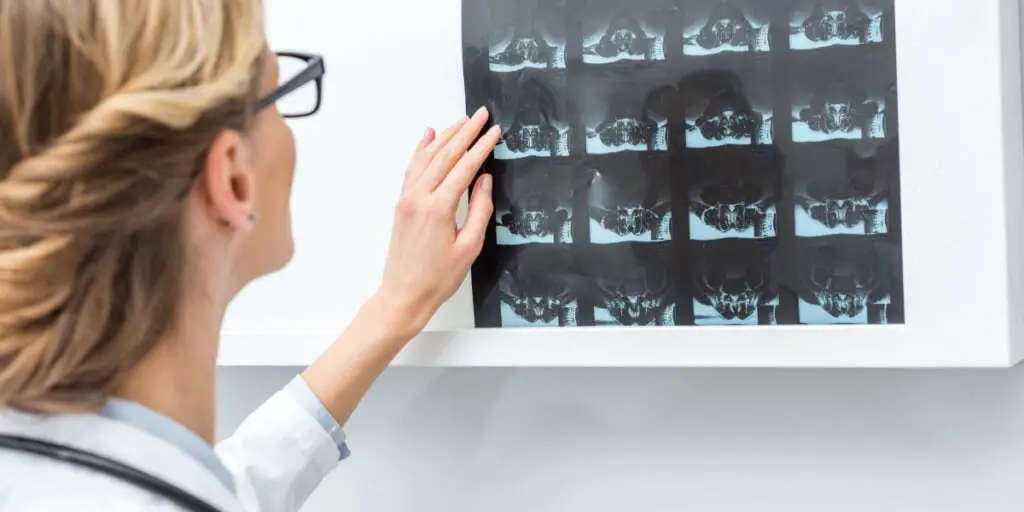
If you’ve never tried it before I would recommend contacting a private instructor who will design an exercise program based on your current physical condition.
Once you gain experience, it would be a good idea to join a group practising exercise for seniors, as not only do you gain the physical benefits of exercise, you can also benefit from joining a new social group.
Is Pilates good for people between 40 and 60?
As we reach the midpoints of our lives, both women and men go through hormonal changes that affect their bodies. Will Pilates help with this?
Pilates is good for people between 40 and 60. Hormonal changes cause muscle loss from forty onwards, as well as a weakening pelvic floor. Pilates can help delay hip deterioration and cognitive decline in your later years if you start early.
Listed below are more benefits people aged 40 to 60 can gain from doing Pilates:
Prevent Injuries
Have you ever leaned on one arm for a long period of time? After a while, did you feel a burning in your neck or shoulder? Muscles under too much or too little strain cause injuries and influence our balance. In seniors, it can contribute to falls, too.
Pilates focuses on balancing your muscles, too. A strong, well-balanced body is less likely to experience injuries, including “small” muscle injuries like repetitive stress injuries (RSIs).
A Stronger Immune System
Pilates raises your heart rate. It also increases oxygen levels and strengthens blood circulation. Another added benefit of this is a stronger immune system.
When your blood system works well, your body can easily remove impurities, toxins, and waste products. Your white blood cells can also better reach any source of infection or illness. This makes for a healthier body and a more effective immune system.
Increased Flexibility and Mobility
Many people confuse flexibility and mobility. Flexibility is how far your muscles can stretch without tearing. Mobility is how far your joints can bend. Both are essential for a good quality of life. If you’re flexible and mobile, you will be capable of independence and less likely to suffer injuries.
Pilates is done in smooth movements in a slow, precise manner. This has significant benefits for your flexibility and mobility.
Is Pilates good for people under 40?
Pilates is often praised for helping with the effects of ageing on the body. But are you too young to benefit from it?
Pilates is good for people under forty. It doesn’t lose its benefits just because you’re young. In fact, starting Pilates early can help you avoid troublesome health issues and help you with conditions you already have.
The secret to getting the optimum benefits from doing Pilates is consistency. Start doing it three times a week and eventually raise it to four or five if you have higher fitness goals. Either way, you can enjoy the benefits of Pilates at any age.
In particular, if you start young, you have more endurance and strength to do Pilates more often. By doing so, you will be investing in your core strength and make regular exercise an essential part of your routine.
Let’s take a look at some specific benefits of Pilates for people under 40:
Increased Core Strength
Your “core” is a group of muscles in your midsection, including your:
- Abdominals
- Obliques
- Diaphragm
- Pelvic floor
- Hip flexors
A strong core ensures outstanding balance and posture.
Many of us spend our days sitting, either at a computer or on the couch in front of the TV. When we don’t engage our abdominal muscles, we can develop a weak core at a younger age.
Strengthening your core with Pilates can help with back and neck pain, and prevent falls and injuries. You’ll also be able to lift more, which is always helpful.
Increased Energy and Motivation
A body in motion stays in motion, and a body at rest stays at rest. Being active helps your body and mind.
Do you exercise enough to raise your heart rate every day? Most people don’t, and thus don’t experience the benefits of increased oxygen levels and better blood circulation.
Pilates is one way to do this. Sticking to an exercise regimen like Pilates can also be fulfilling. Feeling accomplished and fulfilled and pushing your limits will help you feel happier overall.
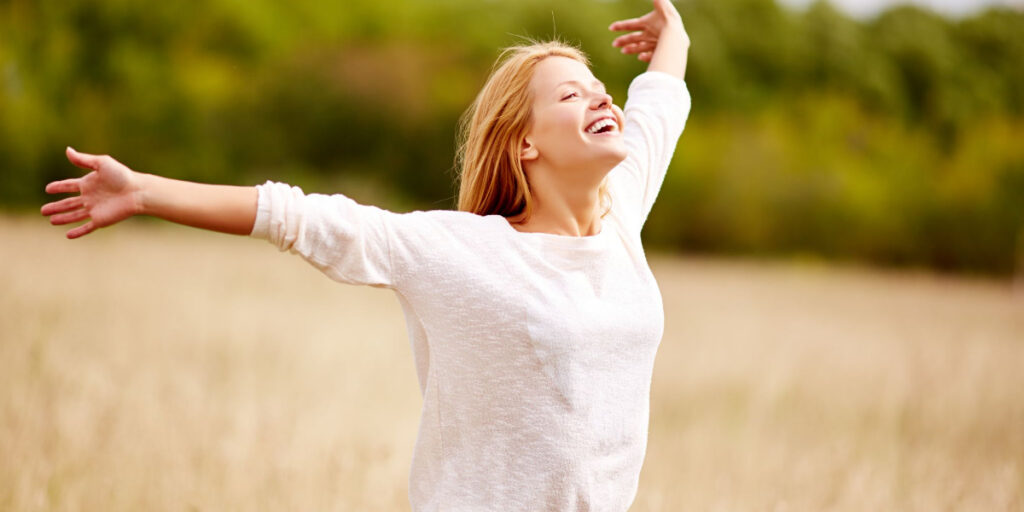
A Stronger Pelvic Floor
Your pelvic floor is located between the tailbone and the pubic bone. It supports the bowel and bladder, as well as the reproductive organs.
Over time, the pelvic floor weakens. Pregnancy also degrades the pelvic floor. Therefore, many women experience reduced sexual pleasure and even urinary incontinence as they grow older.
Pilates helps improve pelvic floor strength, too. It can help these issues and help prevent them.
Increased Bodily Awareness
Our minds and bodies are connected. When our mind is oblivious to our body and its signals, this can lead to physical and mental health issues.
Dissociation, when one feels disconnected or cut off from their bodily sensations, is one presentation. Another may be not eating when you’re hungry, or holding your urine for too long.
Practicing Pilates can help with this, in addition to medication and other treatments. It teaches you to pay attention to what your body is telling you as you move. If you’re merely clumsy or uncoordinated, it can also help with that.
Conclusion
Pilates is low-impact and focuses on building muscle balance and strength. Therefore, it’s great for not only 70-year-olds but all ages, whatever your fitness level.
It is easy and inexpensive to get into, primarily using your own body weight, occasionally using very low-cost equipment such as resistance bands.
Pilates targets common issues associated with ageing, increasing strength, energy, and mood, all of which can help with any medical conditions you may develop in time.
It strengthens the core muscles and pelvic floor, and improves one’s balance, immune system, and bones, giving you a better quality of life.
The benefits associated with Pilates can prevent injuries, falls, and physical and cognitive decline. It also helps with many other concerns, making it worth spending your time and money on.
Sources
